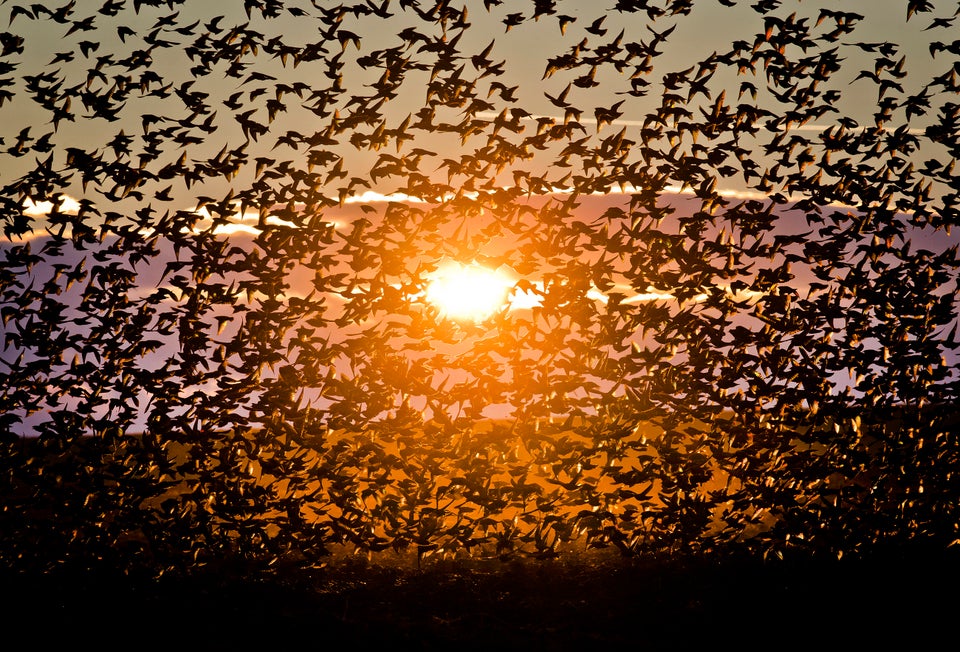
By Mark Blinch
BUFFALO, Nov 23 (Reuters) - The area around Buffalo, New York braced on Sunday for potential flooding as warming temperatures began to melt up to seven feet (2 meters) of snow that fell in a record snow storm last week in which 13 people died.
More than 650 members of the New York National Guard were in Erie county and Buffalo to help with snow removal and flood prevention, and hundreds of volunteers fanned out over the city to help dig out homes still buried in snow.
Recent rain compacted high banks of snow and made it heavy to dig out.
"The focus right now is still snow removal. There's a lot of snow still on the ground and the key is to get rid of snow especially around drains so that water doesn't back up," said Eric Burr, public affairs director for the Division of Military and Naval Affairs for New York state.
Roofs collapsed and some people were stuck in their cars for more than 24 hours when the heaviest snow fall in memory hit areas of New York state along the Great Lakes. The November storm system, dubbed the "Knife Storm," lasted for three days.
On Sunday the National Weather Service posted a flood warning for the area south of Buffalo and Niagara Falls, saying higher temperatures - rising to 50 degrees Fahrenheit (10 degrees Celsius) on Sunday and 60 F on Monday - could rapidly unlock up to 6 inches of water.
"Snowmelt is well underway and will continue through Monday. It is this snowmelt that will ultimately cause the flooding concerns, with the greatest amount of snowmelt occurring tonight and Monday," the weather service said on its web site.
Since the storm blocked drains, roads may flood rapidly, and rivers and creeks could also flood over their banks, the weather service said.
Emergency workers had 180,000 sandbags at the ready for flood prevention.
"It is warming up already, it's in the 40s right now and based on the temps we've been dealing with, it's pretty balmy," Buffalo Mayor Byron Brown told CNN news on Sunday morning. (Additional reporting by Brendan O'Brien in Milwaukee; Editing by Frank McGurty, G Crosse and Raissa Kasolowsky)

